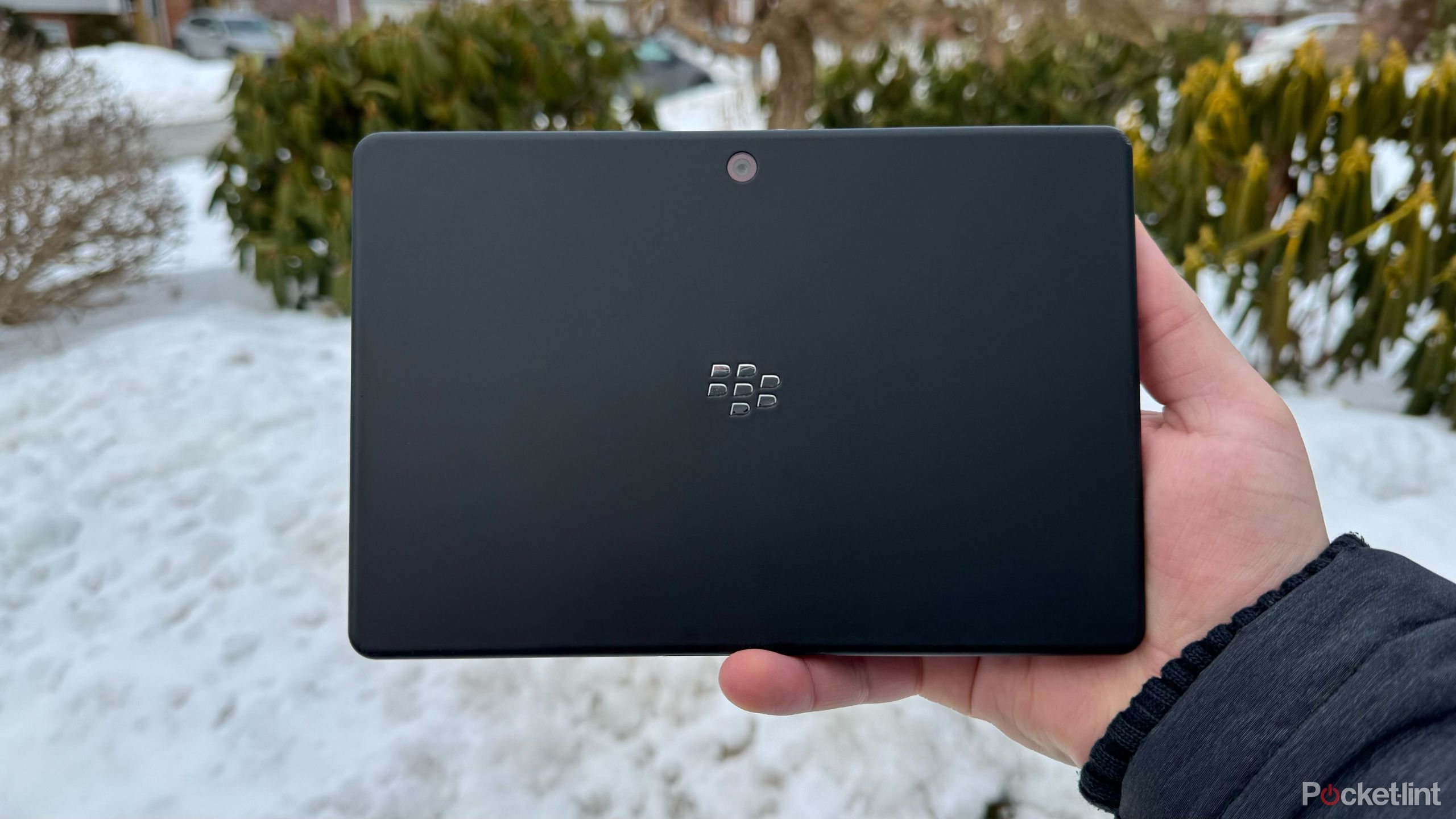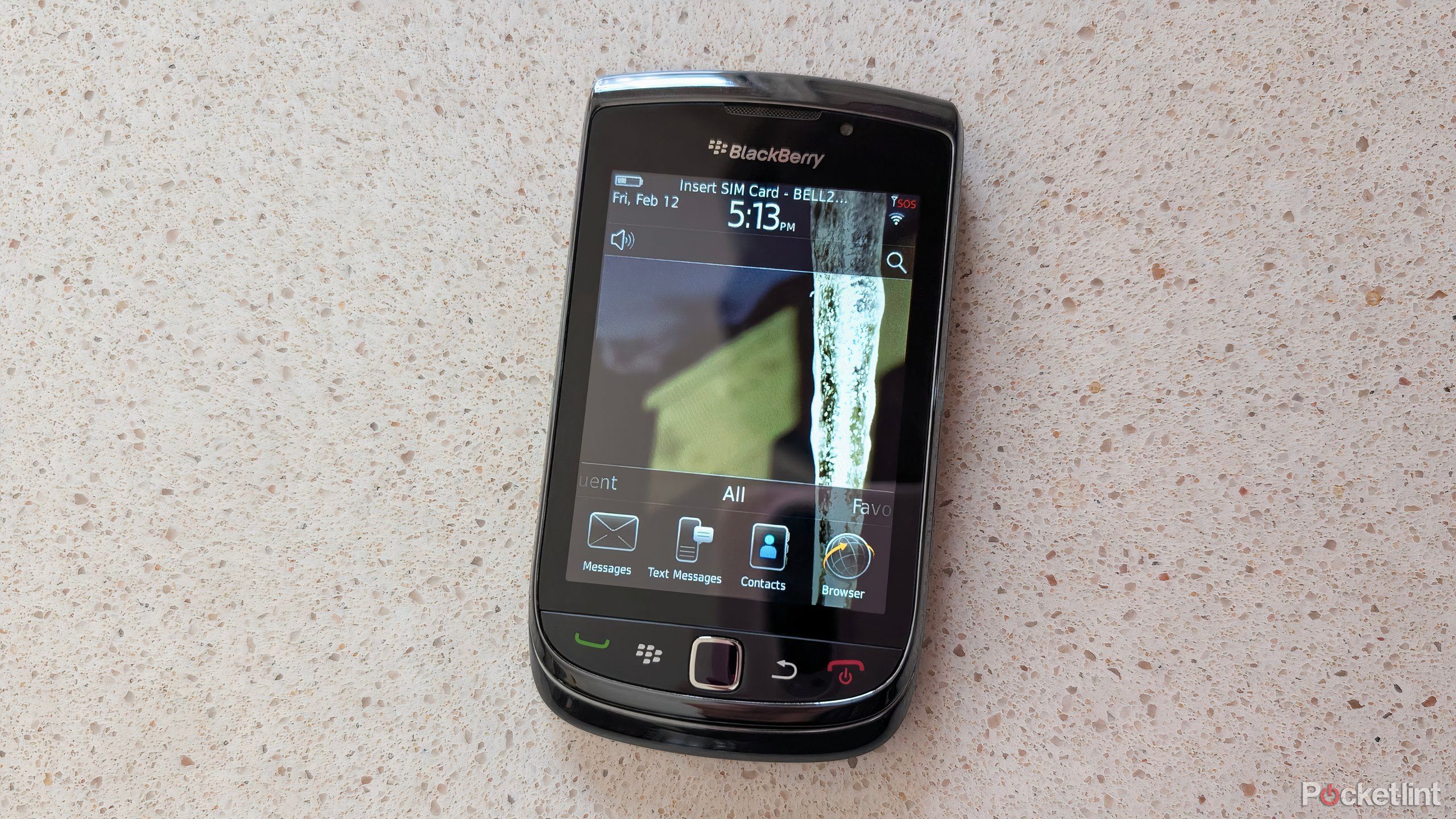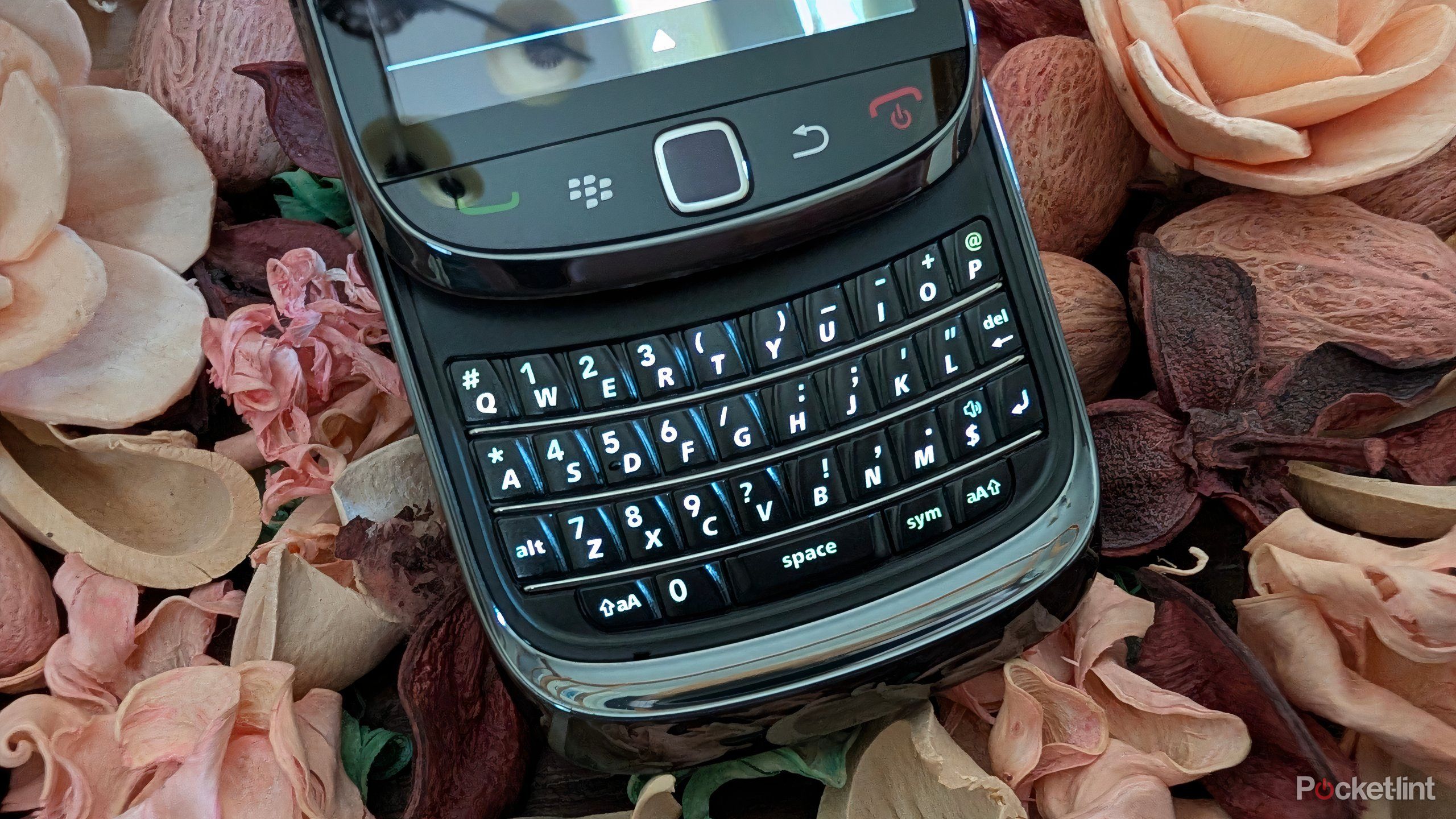Summary
- The BlackBerry Torch 9800 is a classic slider-style smartphone from 2010.
- Like many other BlackBerry phones, the Torch features a physical keyboard and a dedicated trackpad for navigation.
- I’ve never used a phone with a physical keyboard until now, and so it took me some time to acclimate to the Torch.
Back before Apple and Google conquered the entirety of the mobile phone space in the 2010s, there was a brief period of time in which BlackBerry was an industry juggernaut. The Canadian-based company earned a reputation for offering phones that were excellent business companion devices — their physical keyboards and the built-in
BlackBerry Messenger
(BBM) texting service were undoubtedly the focal points of the overarching experience.
Over the course of several years,
BlackBerry
released a number of notable smartphones. Well-known lines include the Bold, the Pearl, the Curve, the Tour, and the Storm. When I was younger, I was personally most interested in the Torch, which was BlackBerry’s slider-style series of phones.
After all these years, I’ve finally gotten my hands on a BlackBerry Torch.
Unfortunately, I never owned a Torch during its heyday. In fact, until recently, I’d never experienced using a slider phone of any kind, nor had I used a phone with a dedicated physical keyboard. By the time I got my first phone,
an HTC Android device
, the era of virtual keyboards and slidable gadgets was already drawing to a close.
After all these years, I’ve finally gotten my hands on a
BlackBerry Torch
— specifically, the 9800 model from 2010. The phone comes with a 3.2-inch 360 x 380 resolution touch screen display, 4GB of storage, 512MB of RAM, a single 5-megapixel rear camera, and an ARM-based processor known as the Marvell Tavor PXA940. After nestling through my junk drawer to find a micro-USB cable, I then charged up the Torch and powered it on — here are my thoughts after using the device for about a week.
BlackBerry Torch 9800
The BlackBerry Torch 9800 is a classic slider-style smartphone with a dedicated hardware keyboard, an optical trackpad, and a 3.2-inch touch screen.
- SoC
-
624 MHz Marvell Tavor PXA940
- Display
-
3.2-inch 360 x 480 LCD
- RAM
-
512MB
- Storage
-
4GB
- Operating System
-
BlackBerry OS 6

Related
The history of Blackberry: The best BlackBerry phones that changed the world
BlackBerry was once a super-power in the smartphone market, here are some of the best phones to ever bear the iconic brand name.
Slider phones are undeniably charming
The Torch’s sliding mechanism is ideal for use as a fidget toy
I have a love-hate relationship with the BlackBerry Torch 9800 from an external hardware perspective. I love the aesthetics of the device, which I find to be elegant, confident, and mature. That being said, the plastic chassis is undeniably cheap, and I’m not a fan of the ribbed rubber rear panel, which collects dust at an alarming rate. The main front-facing buttons have a mushy feeling to them, too, which brings down the experience a bit for me.
Thankfully, the Torch delivers where it actually matters: its sliding mechanism is tactile and satisfying, and it’s easy to flick up and down with only one hand. I was initially concerned that the unit would feel top-heavy when in its extended position, but Blackberry did a great job of balancing the 5.68oz (161.1g) weight of the device. At 0.57-inches (14.6mm), the device is thick by today’s standards, but it’s easy to look past this when taking into account the keyboard hidden beneath the display.
Thankfully, the Torch delivers where it actually matters: its sliding mechanism is tactile and satisfying.
Speaking of the display, the Torch’s touch screen is fairly responsive, but it does feel a bit clunky to navigate through
BlackBerry OS
6 using it. I get the impression that capacitive touch technology was a stapled-on inclusion, and that it’s only really here to satiate the iPhone crowd of the day.
Thankfully, the device includes an optical trackpad as an alternative method of interacting with the software, and it’s rather excellent. The sensor itself is small but perfectly accurate, making it easy to whizz around the Torch’s interface. Unlike a trackball, the trackpad isn’t at risk of mechanically wearing down or getting gunked up with debris over time.

Related
Remember when BlackBerry took on the iPad?
Back in 2011, BlackBerry was still a big player in the mobile tech scene — it’s a crying shame that its PlayBook tablet never took off.
Typing on a physical keyboard is an acquired taste
I still haven’t mastered the art of typing on a physical phone keyboard
Of course, the real centerpiece of the Torch experience is its physical keyboard. Despite being housed within the confines of a small space, each individual button is clicky and tactile. I was surprised to learn that the letters even light up in the dark — a very welcome quality of life inclusion.
When in its closed orientation, the Torch surfaces an on-screen keyboard when entering text fields. In my experience, this touch keyboard is fairly inaccurate when compared to modern solutions.
Despite all this, actually typing on the Torch’s keyboard proved to be a difficult task. I’ve only ever interacted with software keyboards, and so switching to a hardware setup was quite the culture shock. Even a week later, I haven’t fully acclimated to writing out messages one physical click at a time.
I have friends that swear up and down that they used to type faster with their BlackBerry phones back in the day — a claim that continues to bewilder me. I reckon that, for me personally, I’d need several weeks at minimum to reach parity with my existing Android and iPhone texting speed.
BlackBerry, for its part, hasn’t released a new slider-style smartphone since the Priv in 2014.
I’d love to continue using the Torch for a longer period of time, but its BlackBerry OS software is woefully outdated, and there’s next to no access to modern apps, websites, and services. BlackBerry, for its part, hasn’t released a new slider-style smartphone since the
Android-based Priv
in 2014; above all else, I’d be very interested to see what the company (or another tech company via the BlackBerry brand) could come up with if they were to take a stab at a premium slider-style phone in 2025.

Related
Turn your Android into a BlackBerry with the Clicks Keyboard
Clicks is bringing its stylized BlackBerry-like keyboard accessory to select Android devices.
Trending Products

AULA Keyboard, T102 104 Keys Gaming Keyboard and Mouse Combo with RGB Backlit Quiet Laptop Keyboard, All-Steel Panel, Waterproof Gentle Up PC Keyboard, USB Wired Keyboard for MAC Xbox PC Players

Acer Aspire 3 A315-24P-R7VH Slim Laptop computer | 15.6″ Full HD IPS Show | AMD Ryzen 3 7320U Quad-Core Processor | AMD Radeon Graphics | 8GB LPDDR5 | 128GB NVMe SSD | Wi-Fi 6 | Home windows 11 Residence in S Mode

Megaccel MATX PC Case, 6 ARGB Fans Pre-Installed, Type-C Gaming PC Case, 360mm Radiator Support, Tempered Glass Front & Side Panels, Mid Tower Black Micro ATX Computer Case (Not for ATX)

Wireless Keyboard and Mouse Combo, Lovaky 2.4G Full-Sized Ergonomic Keyboard Mouse, 3 DPI Adjustable Cordless USB Keyboard and Mouse, Quiet Click for Computer/Laptop/Windows/Mac (1 Pack, Black)

Lenovo Newest 15.6″ Laptop, Intel Pentium 4-core Processor, 15.6″ FHD Anti-Glare Display, Ethernet Port, HDMI, USB-C, WiFi & Bluetooth, Webcam (Windows 11 Home, 40GB RAM | 1TB SSD)

ASUS RT-AX5400 Twin Band WiFi 6 Extendable Router, Lifetime Web Safety Included, Immediate Guard, Superior Parental Controls, Constructed-in VPN, AiMesh Appropriate, Gaming & Streaming, Sensible Dwelling

AOC 22B2HM2 22″ Full HD (1920 x 1080) 100Hz LED Monitor, Adaptive Sync, VGA x1, HDMI x1, Flicker-Free, Low Blue Mild, HDR Prepared, VESA, Tilt Modify, Earphone Out, Eco-Pleasant

Logitech MK540 Superior Wi-fi Keyboard and Mouse Combo for Home windows, 2.4 GHz Unifying USB-Receiver, Multimedia Hotkeys, 3-12 months Battery Life, for PC, Laptop computer









